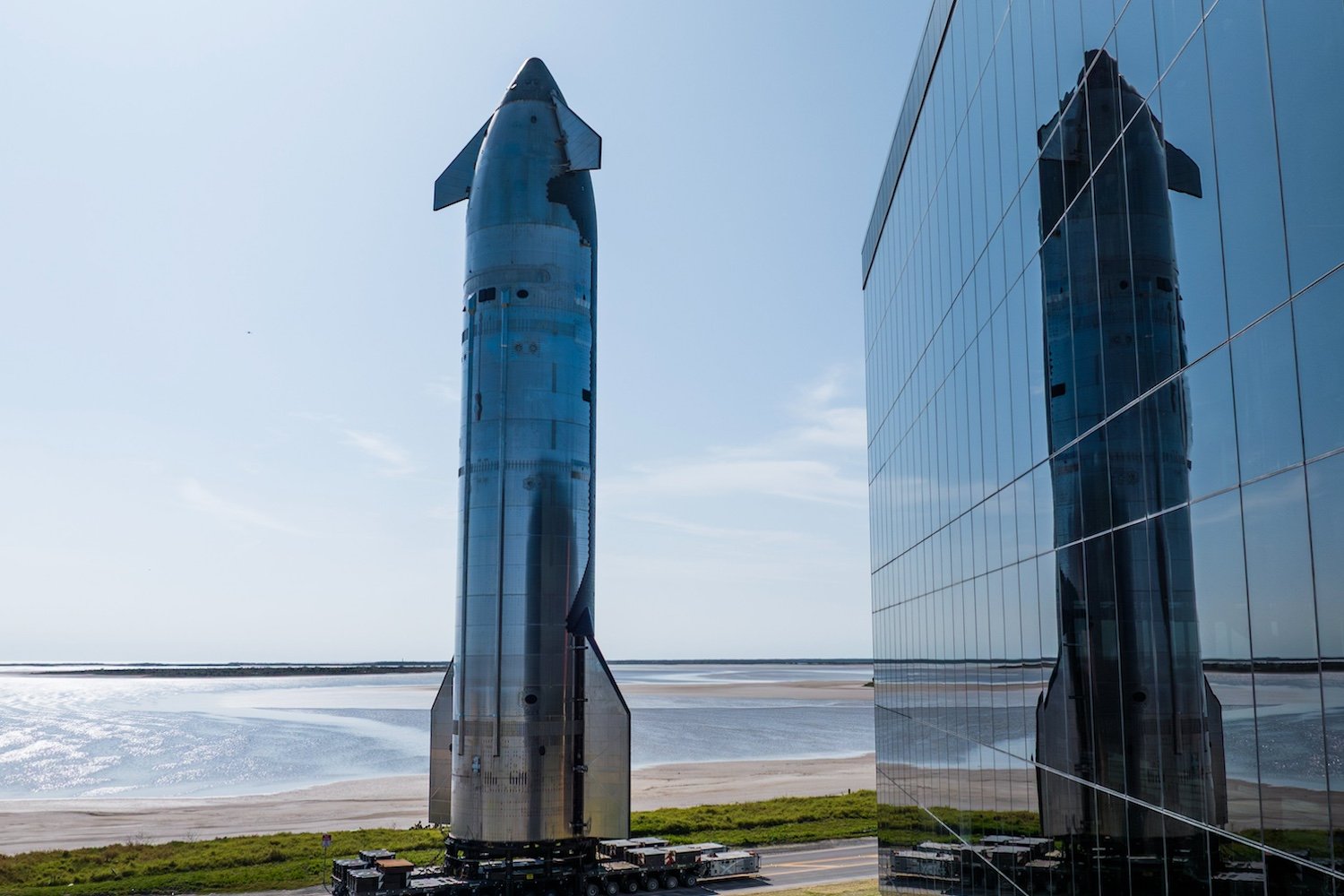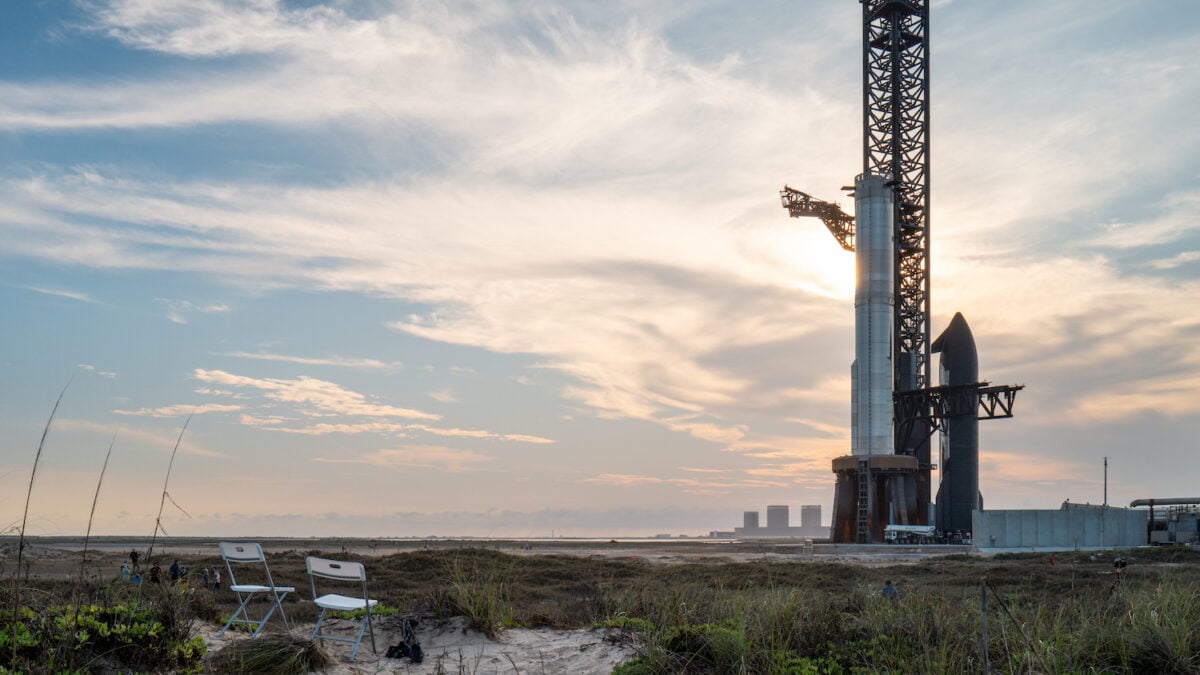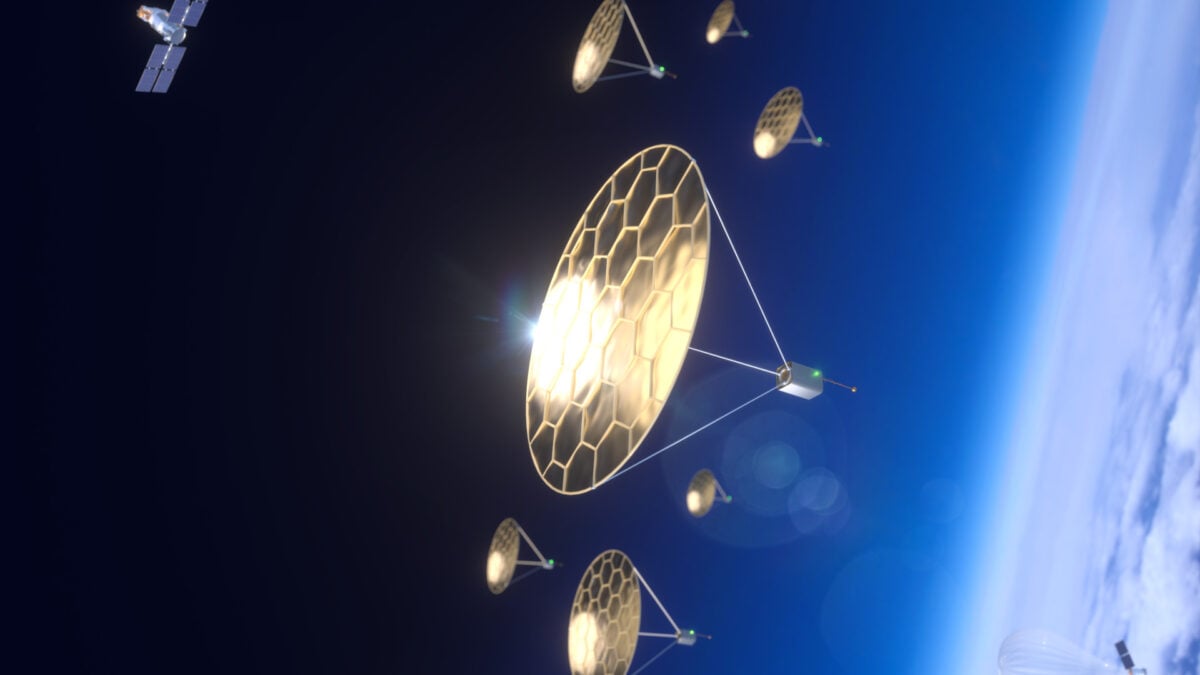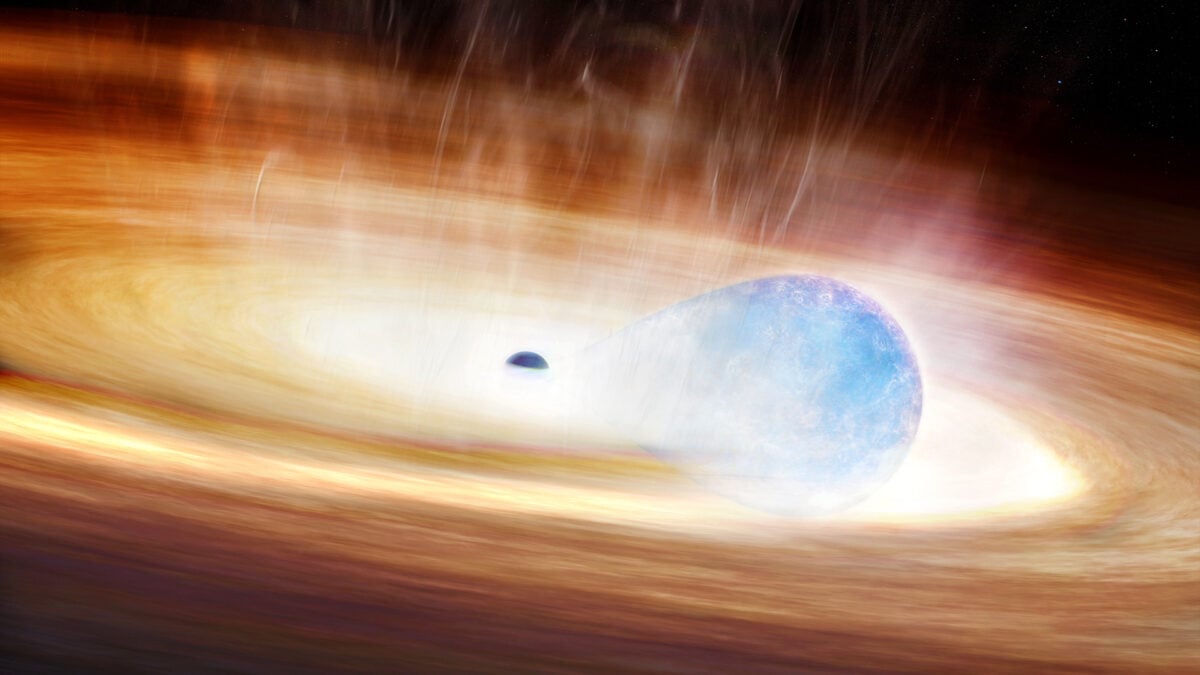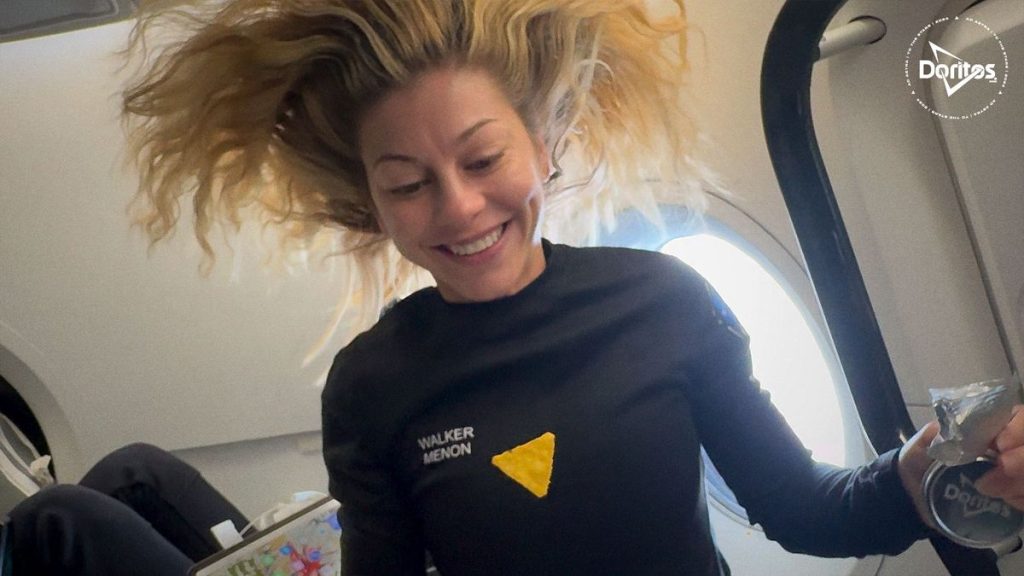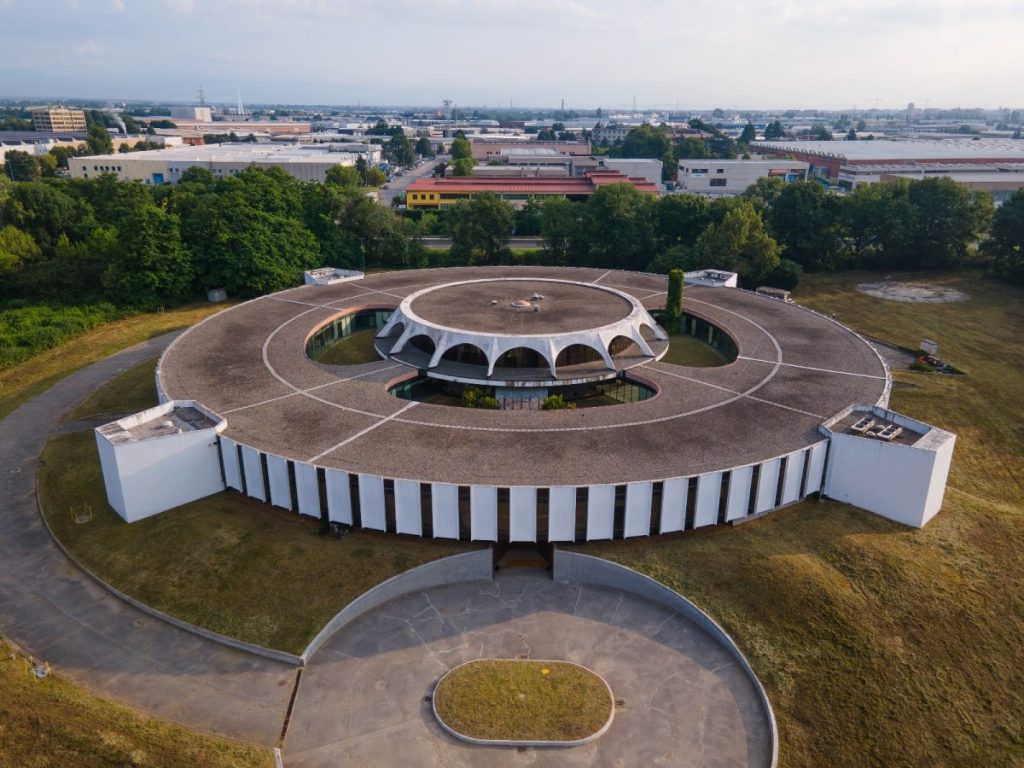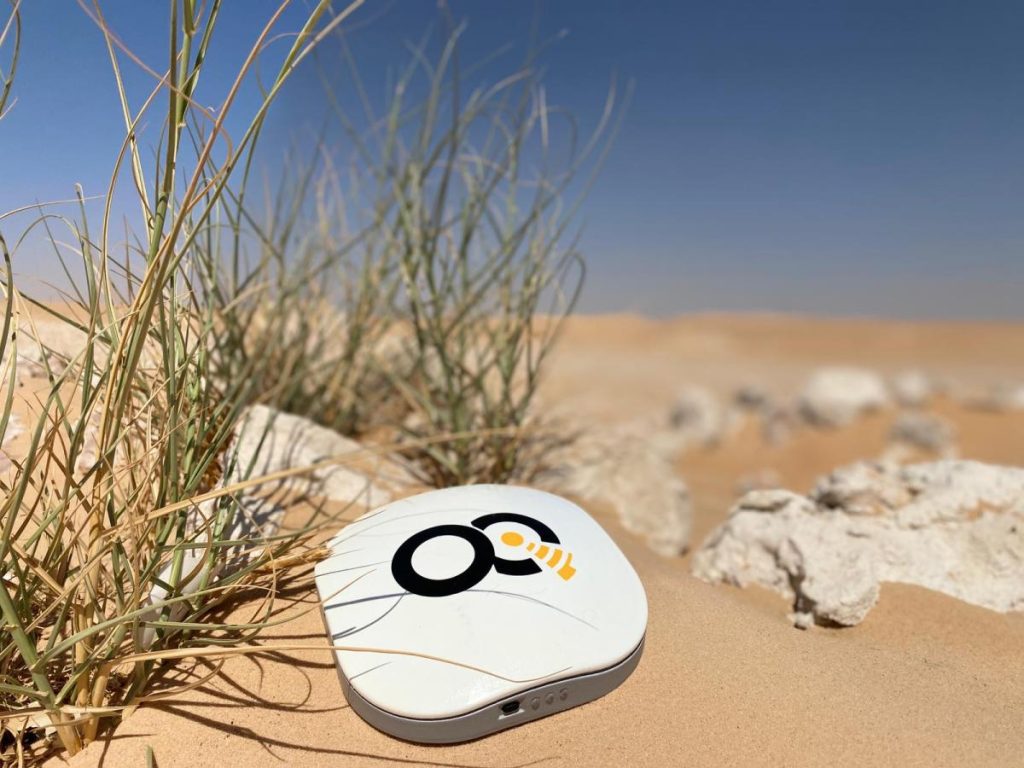A report suggests that Musk thought a sniper was responsible for the destruction of a Falcon 9 rocket in 2016.
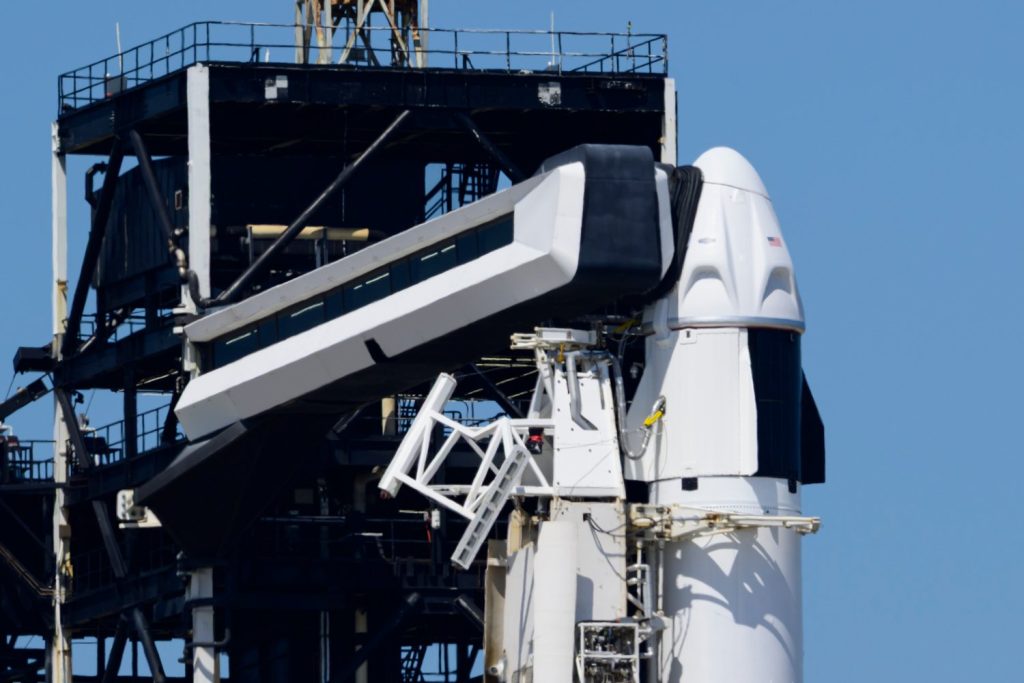
Musk Believed a Sniper Took Out a Falcon 9 Rocket in 2016, Report Claims (Image Credit: Gizmodo-com)
In 2016, a Falcon 9 rocket exploded during a wet dress rehearsal, creating a massive ball of fire that destroyed an onboard satellite. The reason for the eruption was unclear at first, leading to one of the wildest theories in spaceflight history that apparently got the feds involved.
In Reentry, a book about the early years of SpaceX, veteran space reporter Eric Berger explores the details of the Falcon 9 anomaly. The reason for the failure was not immediately obvious, leading SpaceX engineers to develop several theories. One theory floated by engineers was that a sniper had fired at the rocket, triggering the explosion. Berger recently shared new details about this wild sniper theory, revealed through a Freedom of Information Act (FOIA) request.
The explosion took place on September 1, 2016, around 9 a.m. ET. The Falcon 9 rocket was being prepped for a routine static fire test at Space Launch Complex 40 at Cape Canaveral Air Force Station, when it suddenly burst into flames. The anomaly destroyed its onboard payload, the Amos-6 communications satellite.
In the aftermath of the explosion, the company scrambled to find an explanation. SpaceX founder and CEO Elon Musk was drawn to the sniper theory, naturally, so he ordered employees to investigate it further. A helium tank exploded during the 2016 wet dress rehearsal, so SpaceX engineers attempted to recreate the blast in subsequent tests. To that end, they fired at helium tanks to see if they would rupture and what the resulting explosion would look like.
Musk’s apparent paranoia had also led him to believe that SpaceX’s rival at the time, United Launch Alliance, was behind the explosion. Employees told Berger that, under Musk’s direction, they were asked to go over to a building leased by ULA about a mile from the launch site and check the rooftop.
According to Berger, SpaceX pursued the theory for about a month before the Federal Aviation Administration (FAA) sent the company a letter stating that no gunman was involved.
Berger acquired the FAA letter through a FOIA request, which revealed that SpaceX had submitted video and audio of the incident, along with its own analysis. “SpaceX suggested that in the company’s view, this information and data could be indicative of sabotage or criminal activity associated with the on-pad explosion of SpaceX’s Falcon 9,” the letter read. But it didn’t stop there—SpaceX further escalated the matter by informing the Federal Bureau of Investigation in Florida of the company’s theory, according to the letter. The Tampa Field Office of the FBI investigated the incident and found no foul play.
Instead, it was later revealed that SpaceX engineers had loaded the rocket’s pressurized tanks with super-chilled helium too quickly, ultimately leading to the explosion.
The incident occurred when SpaceX was still an up-and-comer in the spaceflight scene, and the loss of its rocket and payload dealt a heavy blow to the company. Fast forward nine years later, and Musk’s rocket company is an industry leader while some of its earlier competitors, ULA included, have fallen behind.

